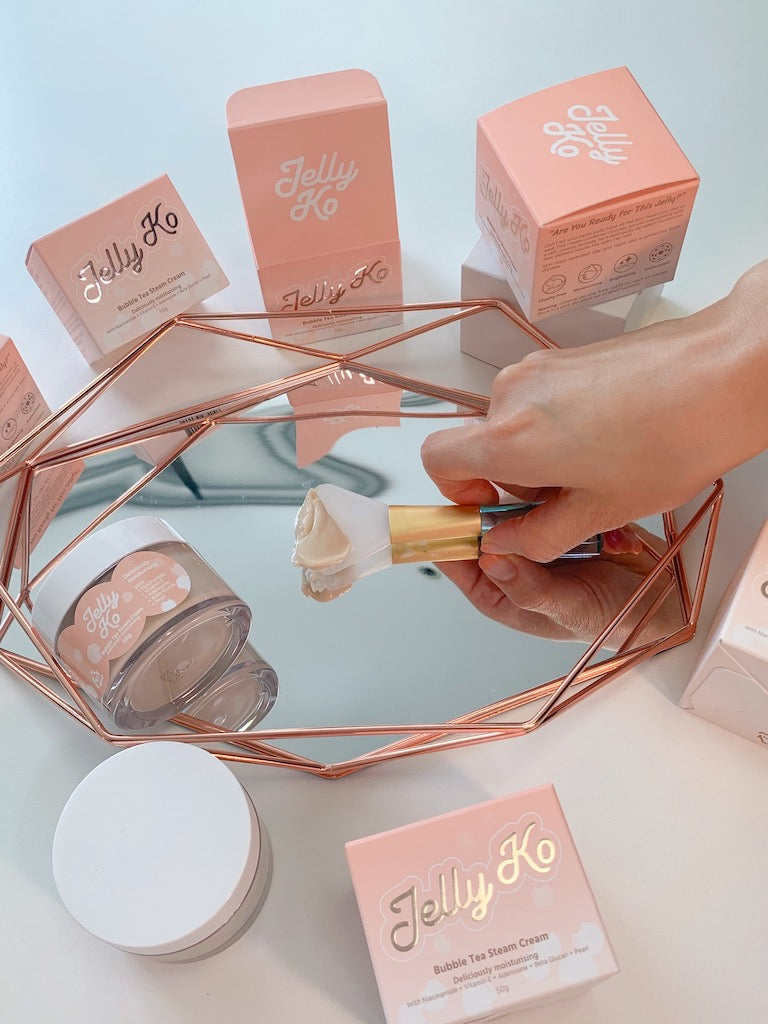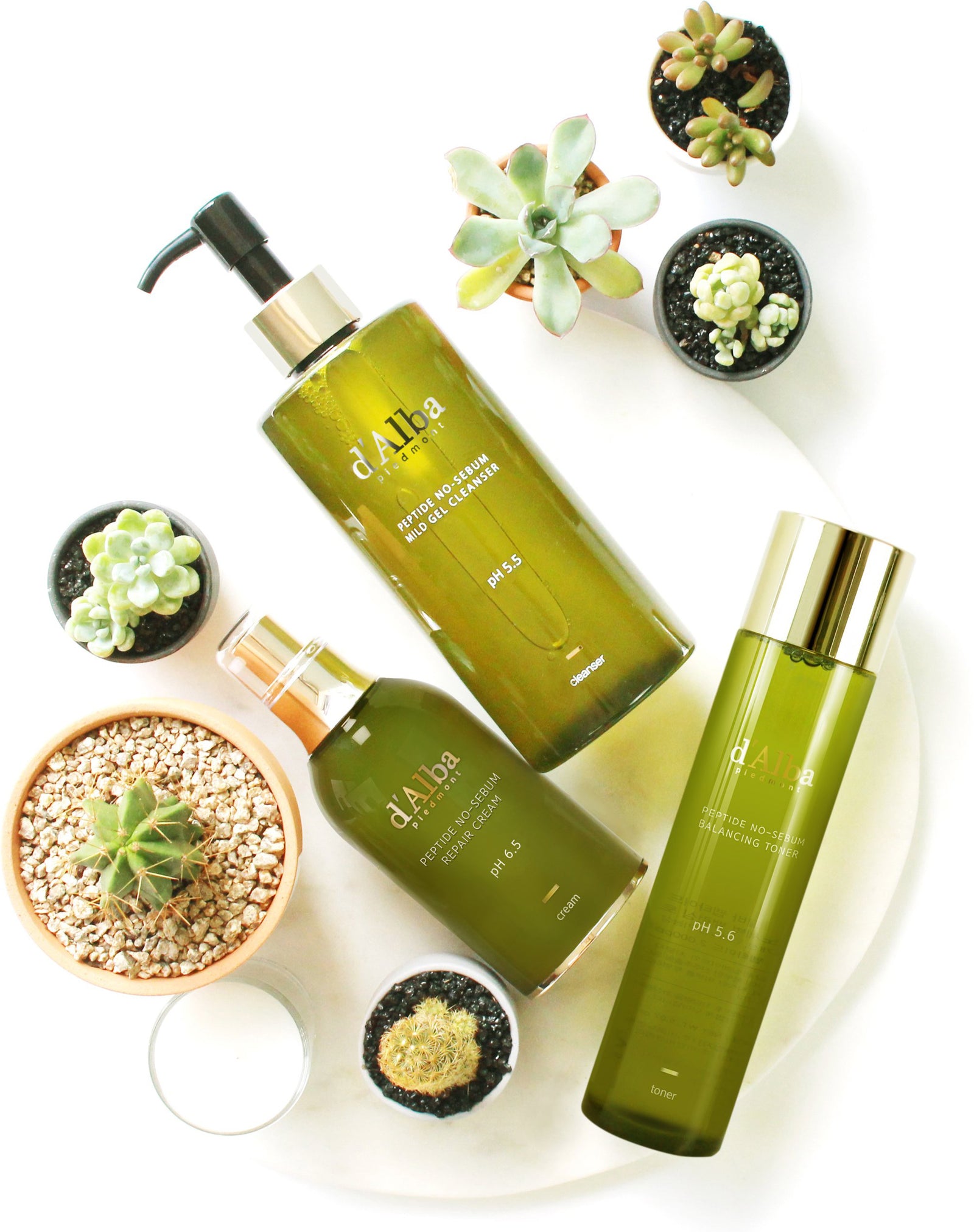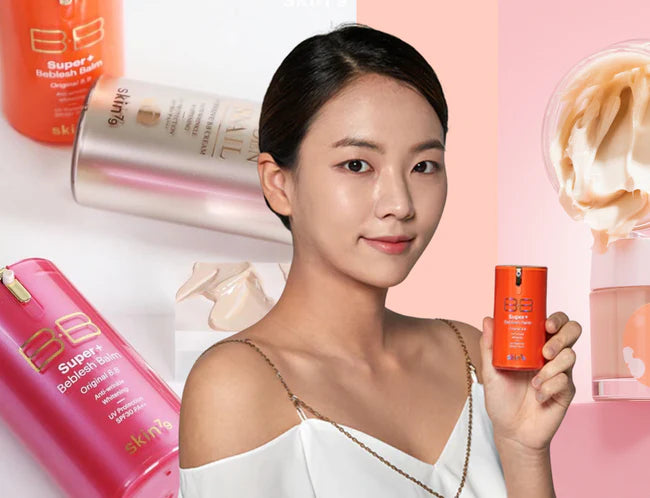Last month to shop K-Beauty on STYLE STORY. We’re moving to K-Beauty consultancy. Details
Menu
How Korean Beauty Products Are Made - Part 2 Ep-61
July 06, 2021

HOW KOREAN BEAUTY PRODUCTS ARE MADE
Episode Description:
On today’s episode, which is the second in a two part series, we’re deep diving on the steps that go into actually making your Korean beauty products. If you’re keen to know how a K-Beauty product gets made from start to finish, then tune in!
CONNECT WITH ME
Instagram: www.instagram.com/lauren.kbeauty
Facebook: www.facebook.com/stylestory.au
Website: www.thekoreanbeautyshow.com
Pinterest: https://www.pinterest.com.au/stylestoryau
Tik Tok: https://vt.tiktok.com/ZSaHUgHL/
Download Your Free Guide to K-Beauty: https://manage.kmail-lists.com/subscriptions/subscribe?a=XgHS8t&g=SmUKyF
Episode Summary:
K-Beauty News Headlines - Update on the Korean Sunscreen Controversy
- KFDA was already taking administrative action against the brands involved.
- Now, around 300 people have joined together in a class action being run by local law firm Wolin, who have made a claim to the KFDA
- The class action is against 8 companies, including CJ Olive Young, who sold many of the products on their website.
- The basis of the claim is Article 13 of the Cosmetics Act (which prohibits unfair labelling, advertising etc). This article prohibits displays or advertisements that may deceive or mislead consumers.
- 6 products have been named.

Before getting started on beauty product creation- Understanding the regulations
It is critically important to understand the key regulations in the country the products will be sold into. The Korean sunscreen scandal has demonstrated the problems that can arise when brands try to sell into markets where their products are not compliant.
In Australia, there is a broad range of legislation that applies to the sale and import of cosmetics, such as:
1 Industrial Chemicals (Notification and Assessment) Act 1989
2 Trade Practices (Consumer Product Information Standards) (Cosmetics) Regulations 1991
3 Therapeutic Goods Act 1989
4 Cosmetics Standard 2007
5 Poisons Standard
6 Australian Consumer Law
And that’s just to name a few!
Finding a cosmetic lab to work with
Probably the hardest part of the whole process, especially in Korea where so many of the labs are in such high demand you probably won’t even get a response from them unless you’re an established brand. Then, there’s the problem of Minimum Order Quantities (MOQs).
Create a formula
As we discussed in last week’s episode, there are a few ways brands can do this - make the formula themselves from scratch, outsource it to another company, hire a cosmetic chemist to make it for them or even just use an existing formula and whack their label on it. There are pluses and minuses to each of these approaches, as in some of these cases the brand will not end up actually owning its own formula.
Find a packaging manufacturer
Again, it’s not as simple as just finding a prototype you like; the packaging needs to fit with the formula and be able to pass various stress tests. Oftentimes, the packaging MOQ will be very high so brands will be constrained in what they are able to purchase if starting with smaller volumes.

Find a packaging designer
Packaging designers are a little bit different than regular graphic designers because they are intimately familiar with the layout of boxes, and how the design all fits together, as well as the key symbols and labels that need to go onto a cosmetics box.
Testing formula and packaging
These tests are often not required by law (i.e the FDA and European Commission don’t require them) but they are good practice. Some of the tests include:
- Stability testing - an experiment in which a batch of formula samples are tested under different environmental conditions for a set period of time. These conditions vary in temperature and light levels and are meant to simulate what will happen to the product during its life cycle. This can take up to a year depending on the formula.
There are 3 basic types of stability tests. They are testing
- physical and chemical integrity
- microbiological stability
- the stability of the packaging
The amount of time it takes to develop a beauty product doesn’t necessarily correlate to quality - basically unless the brand is creating something entirely new that doesn’t already exist, the process can be relatively quick and this is how K-Beauty brands have been able to respond to market trends so quickly as well.

Production
Producing the product involves the coming together of a lot of different elements - the formula, the packaging and the outer box. This process can be quick if everything is able to be delivered at the same time and the lab has the capacity to make and fill the formula or it can take a long time.
Quality control
Once the products are made, the next process is quality control. It’s important to check for defects in the packaging, in the printing, whether the product has been filled to the right level.
In any manufacturing process, a certain amount of products can be expected to have defects in them. Most manufacturers will make allowances for this in their contract with the brand and specify an amount of defects that they consider to be ‘normal’. This usually accounts for products with the packaging, printing or labelling rather than the formula itself.
What to do if you liked today’s episode - How Korean Beauty Products are Made - Part 2 Ep-61
- Share it on social media and tag me on instagram
- If you’re interested in manufacturing in Korea, get in touch with our team at STYLE STORY. We work with companies and individuals from all over the world to manufacture products in Korea.
STYLE STORY - Your Go-To for K-Beauty
Shop Now
"The amount of time it takes to develop a beauty product doesn’t necessarily correlate to quality - basically unless the brand is creating something entirely new that doesn’t already exist, the process can be relatively quick"
- Lauren Lee, Host of the Korean Beauty Show Podcast




Leave a comment
Comments will be approved before showing up.